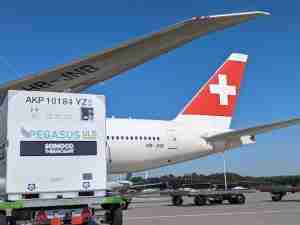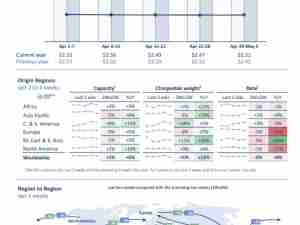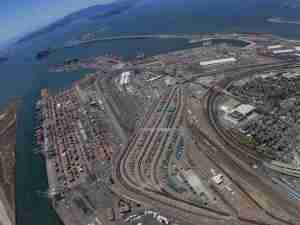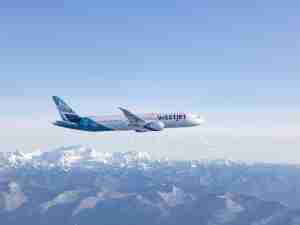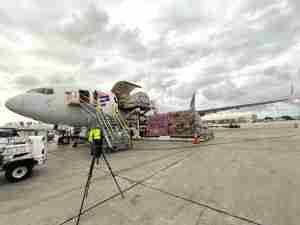United Continental Holdings Inc. boosted its 2018 profit outlook for the third time this year, overcoming higher oil prices as strong travel demand buoys a financial turnaround at the No. 3 U.S. airline.
Earnings will climb to at least $8 a share this year, United said in a statement Tuesday, having previously predicted as little as $7.25. The carrier improved its outlook despite an increase in jet-fuel prices of more than 30 percent over the past year.
United is gaining pricing power in what industry executives have called the strongest travel market since before the global financial crisis a decade ago. Robust demand has helped United win over skeptical investors who were initially unnerved by the company’s plan to beef up flights at its major hubs. United is also enhancing premium offerings and wooing budget travelers with “basic economy” fares that offer cheaper prices with fewer frills.
“United is building momentum,” Chief Executive Officer Oscar Munoz said in the statement, citing what he termed a “standout third-quarter performance.”
The shares advanced as much as 5.2 percent to $87.84 in late trading. United gained 24 percent this year through the Tuesday close, the only increase on a Standard & Poor’s index of nine U.S. airlines.
Storm Impact
Adjusted third-quarter earnings rose to $3.06 a share, compared with the $3.10 average of analyst estimates compiled by Bloomberg. Tropical storms during the quarter reduced earnings by 7 cents a share. Sales increased 11 percent to $11 billion, compared with the $10.9 billion expected by Wall Street.
Faced with a fuel bill that rose 42 percent in the third quarter, an increase of about $763 million, United said it passed along all of the added cost to passengers. Last week, Delta Air Lines Inc. said its customers were covering 85 percent of the burden last quarter.
For the full year, United said it would push about 90 percent of the extra expense of about $2.5 billion onto travelers. Pricier fuel has also curtailed walk-up domestic tickets of less than $100, which airline executives term “junk” fares.
Earnings this year will be between $8 and $8.75 a share, United said. At the midpoint, that represented an increase of 37.5 cents from the previous forecast of $7.25 to $8.75.
Expansion Plan
In January, United announced an ambitious three-year expansion program to regain what it considers its “natural share” of travelers at its three mid-continent hubs in Chicago, Denver and Houston. With United planning to increase flights and seats by as much as 6 percent a year, investors worried that so much growth would easily outstrip demand and undermine industry earnings.
Instead, fares have improved amid robust travel and slight cutbacks in 2018 expansion plans at United and other carriers.
In the fourth quarter, revenue from each seat flown a mile, a measure of an airline’s ability to raise fares, will climb 3 percent to 5 percent, United said, matching a Delta forecast from last week. That would extend United’s gains in the closely watched yardstick known as unit revenue, which climbed 6.1 percent at the Chicago-based carrier in the third quarter. If the revenue momentum continues into 2019, both Delta and United would be in a position to expand profit margins, potentially bolstering shares. The world’s largest carrier, American Airlines Group Inc., reports results Oct. 25.
United expects to expand seating capacity as much as 6 percent in the fourth quarter, giving it a 2018 capacity increase of 4.9 percent. With positive results thus far, United plans to keep up growth in 2019 with new flying from its hubs into smaller markets. It’s also withdrawing nonstop flights in some particularly competitive markets, such as Los Angeles to Dallas.
Next year, capacity will rise 4 percent to 6 percent, United has said. That’s expected to outpace growth at American, Delta and Southwest. By 2020, the company has told investors to expect earnings of $11 to $13 a share.
